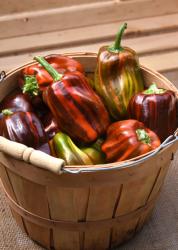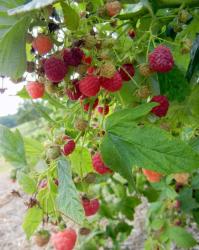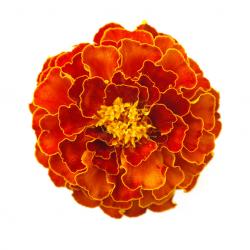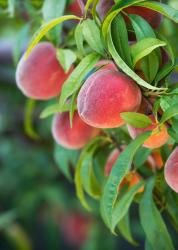The everbearing raspberry bush produces fruit from early summer until the first frost of late fall. We literally pick raspberries off this bush at least five times a week, and it provides gallons of raspberries throughout the growing season. It ended up being a place of family gathering that brought us countless hours of joy. We started to enjoy our daily picking of raspberries as our family time. These bushes usually don't produce fruit in the first season, and you'll want to plant this bush on the edge of your property because overtime it will get larger. —Caleb Bauer, Bauer Falls.
Peach trees are easy to grow in Missouri weather and soil. Keep them pruned low, and make sure all inner branches are removed for an optimal harvest.—David Sherwood, Sherwood’s Forest Nursery.
I love raspberry “Encore,” for its compact size, winter hardiness, reliable fruit production and self-pollinating characteristics. Make sure your soil is healthy, well-drained, organically rich. Using a quality compost or aged leaf mulch as a top dressing each year will help keep your microorganisms in the soil well-nourished, and as a result, your crops will be happier, healthier and yield more. —Justin McCoy, Chesterfield Valley Nursery.
The “Brown Turkey” fig is root-hardy in St. Louis, relatively pest-free and needs only a sheltered, full-sun position, good drainage and sufficient water. Allow fruit to ripen fully on the tree, gently harvesting when they are bronze-colored, slightly soft and beginning to bend at the neck. Keep figs well-watered going into fall and winter, and in late November after their leaves have fallen, pile up bags of leaves around the base and add more leaves above that to create an insulating mound that protects the lower trunk and branches. Gradually remove this protection after April 15. —Kathie Hoyer, Bowood Farms.
Repeling Pests
Plant marigolds, geraniums, lavender and some mints help repellent animals as well repellents that contain cayenne pepper.
—David Sherwood, Sherwood’s Forest Nursery.
Yield Information and Tips
Spread a few bags of leaves around the base of the roots each fall to replenish the nutrients in the soil as they decompose. You can speed up the process by shredding the leaves with your mower first. Not only do leaves and mulch provide nutrients to the soil when they decompose, but it also helps hold up to three times as much moisture in the soil when the ground is covered around the plant with mulch or leaves. —Caleb Bauer, Bauer Falls.
Keep fruit trees and tomatoes pruned to open up branches for good air circulation and feed with espomic organic plant food specific for the crop. Fruit plants and most trees will produce in one season and veggies from six weeks on.
—David Sherwood, Sherwood’s Forest Nursery.
Pruning Tips
Prune trees when dormant. Plants like tomatoes should be pruned all season to thin. Prune suckers out of tomato plants. Leave only main branches and prune lower limbs off the ground at least 10 inches to avoid water splash back damage. Properly pruned peach trees are kept low and the inner branches are removed. —David Sherwood, Sherwood’s Forest Nursery.
It's always best to prune any plant when there are no leaves on the plant, in the late Fall or early Spring. —Caleb Bauer, Bauer Falls.











